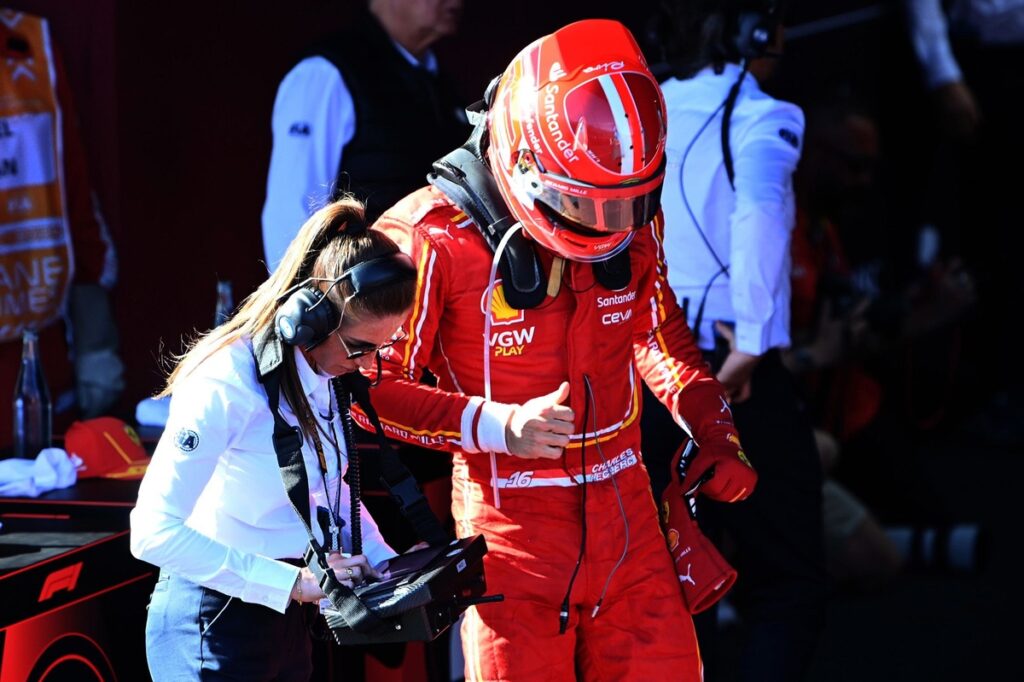It’s a small, seemingly insignificant piece of paper – but in Formula 1, even the tiniest details carry weight. Literally. As soon as an F1 driver climbs out of their car after a race – with all of their gear still on – they head straight for the scales.
Post-race television coverage often shows FIA officials instructing all 20 drivers to stand on a set of scales to ensure they still meet minimum weight requirements. It’s an essential element of FIA protocol that determines whether a team is in compliance with the technical regulations.
The FIA mandates that a driver must weigh at least 82 kilograms while wearing their suit, gloves, helmet, shoes and HANS device. If they’re underweight, the team will add ballast to the cockpit because a driver’s weight is factored into the total minimum weight of the car.
In 2025, that combined minimum weight is set at 800kg. However, changes are on the horizon: for the 2026 season, the car minimum will drop to 768kg.
Every gram counts when races can be won by a tenth of a second, and teams need to factor in potential weight loss during the race as well. In extreme conditions, like the searing heat of the Qatar Grand Prix, drivers can shed two to three kilograms through sweat alone. Yet the minimum weight rule still applies after crossing the chequered line.
Max Verstappen getting weighed
Photo by: Joseph Eid – AFP – Getty Images
The post-race weighing ultimately serves a dual purpose: it ensures compliance, but also acts as a health monitor, giving teams and physiotherapists an idea of how much fluid has been lost – and how best to help drivers recover. That’s where the paper slip comes in.
After stepping off the scales, each driver is handed a small receipt which displays their weight down to the decimal. This slip serves as proof should a driver or team want to dispute the figure, or even request a re-weighing.
However, there’s no protocol for what happens to the slip of paper from that point onwards. More often than not, the slip ends up with the driver’s physiotherapist.
Since physios aren’t present during the weigh-in itself, that slip becomes a key data point in building a post-race recovery plan – from hydration levels to nutritional needs.
In this article
Be the first to know and subscribe for real-time news email updates on these topics
Subscribe to news alerts
Read the full article here

